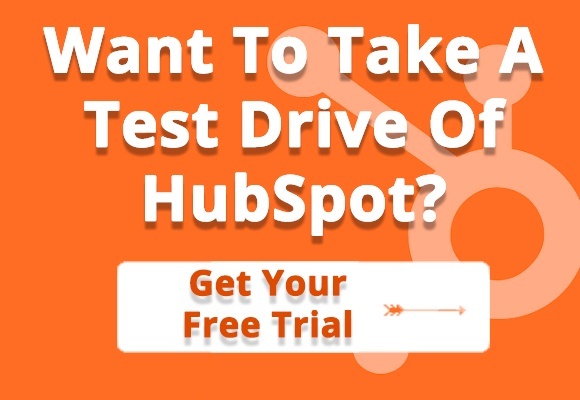You’ve gotten visitors to your website, educated them with informative content and they’ve downloaded a content offer from a landing page. They’ve received your email campaigns, checked out a case study and your pricing page. It seems like they’re interested, but are they ready to talk to sales?
Forrester predicts that by 2020, 80% of the buying process will occur without any direct human-to-human interaction. This makes your entire inbound marketing strategy even more valuable, but it can also make it more difficult to know when the ideal time is to contact a lead.
First, Do You Even Have A Sales Qualified Lead (SQL)?
A lead that is ready to move forward in the sales process has shown interest in your company by checking out your website and downloading the right content offers. Before you pass the lead off to sales, make sure you know you have a sales qualified lead.
Develop a lead scoring process to evaluate the lead’s level of engagement with your company, and what that means for readiness to buy. Readiness to actually make a purchase is the key difference between a marketing qualified lead and SQL. Track bottom of the funnel behaviors that indicate sales-readiness, such as downloading certain case studies or whitepapers and requesting a demo or free trial. This strategy will ensure that you don’t contact someone before they’re ready to buy, or miss out on someone who was ready sooner than expected.
[DOWNLOAD]

Prioritize Lead Nurturing
Once you’ve converted a visitor to your blog or website into a lead through a landing page, it’s time to nurture them. Use that shiny new email address you’ve just obtained to set the lead up in a workflow or drip campaign. You can use email to continue to provide relevant, educational content that keeps people moving along the buyer’s journey and builds trust.
Perhaps the most obvious way to determine if you have an SQL is when they contact sales. 90% of B2B buyers say that when they are ready they will find you, according to Cascade Insights, so it’s not a crazy idea.
Let Sales Seal The Deal
Once it’s clear that a lead is ready for sales, whether they’ve indicated it themselves by reaching out, or if they’re a match in your lead scoring process, it’s time to turn them into a customer. A Harvard Business Review study found that, 71% of qualified leads are never followed up with. That is a major missed opportunity for any company. So the most important answer to what to do when you have a sales qualified lead is contact them!
Do Your Research
Before you reach out for a sales call or to schedule a demo, be sure to do your research on the lead. Who are they? You need to know more than their name. Check them out on LinkedIn, their company website and do a quick Google search. You want to understand their role in the company, whether or not they’re likely to be the decision maker, what their pain points are, and how you can demonstrate the value of your product or service.
Also check your CRM to see if the lead has been contacted before, and to see what web pages and links they’ve accessed and what offers they’ve downloaded. This should give you an idea of their priorities and biggest challenges.
Use this research to personalize the conversation as much as possible. Throughout the lead’s whole journey of interacting with your company, you’ve been trying to build trust. Now is not the time to start making the conversation all about you. Even during a sales call people don’t want to feel like they’re being sold to or pushed. Focus on being helpful and solving their problem by asking questions to better understand their goals and company.
Follow Up
After the initial phone call or email, be clear about next steps. Will you be reaching out to schedule a demo? Scheduling another call with other members of the lead’s team? Also, make sure to follow up any conversation with an email thanking the lead for their time and reiterating the main points from your conversation. It’s important for everyone on the sales team to understand what it takes to close a sale and what steps should be taken at what time.
Be Persistent
If a lead doesn’t return your initial phone call or respond to your email continue to follow up. People are busy, and sometimes a sticky note gets lost or an email buried under all of the others in an inbox. Increasing the number of touches to six increases the likelihood of making a contact by 70%, but according to HubSpot, the typical lead is touched by sales an average of only 1.3 times. Don’t give up too soon. Be persistent, and follow up.
With persistence also comes knowing when it’s time to call it quits. Not everyone will be a fit for your company, and that’s okay. If you’ve followed the steps and still receive no response, it’s time to move on and focus on the people that are a better fit for your company.
Get started turning those sales qualified leads into customers. Need help doing so with marketing automation?
